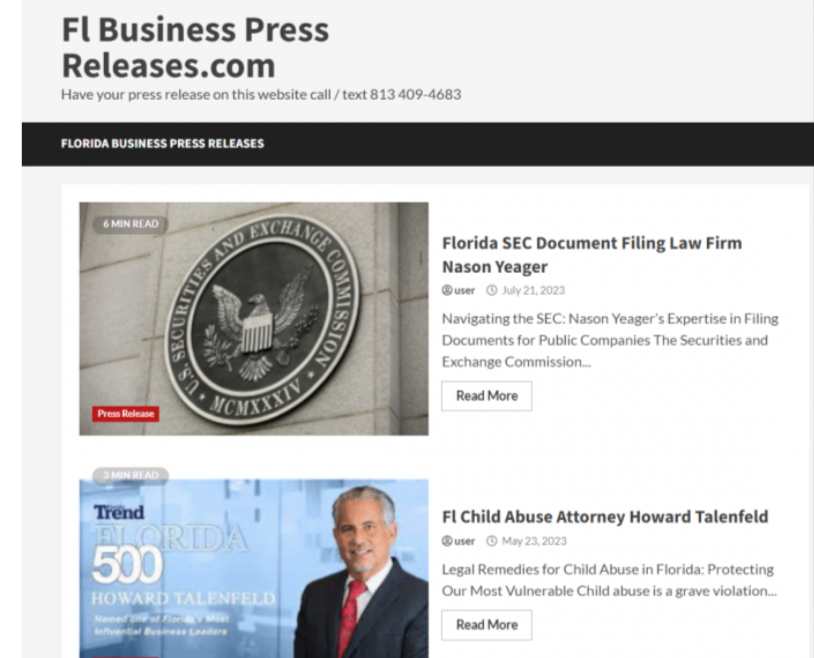In the fast-paced world of business, the pursuit of consistent incremental success is a common strategy among companies seeking stability and growth. This approach, characterized by continuous, small improvements, is often heralded as a safe path to sustained success. However, this philosophy, while sound in theory, can lead to significant pitfalls that stymie innovation and adaptation.
Ultimately, embracing volatility as an inherent aspect of dynamic markets and preparing for it through strategic planning and expectation management is often more effective than futile attempts to control or eliminate it. Brian French, Business Analyst
The Comfort Zone Trap
One of the most critical mistakes businesses make when focusing solely on incremental success is falling into the comfort zone. This approach can create a false sense of security as companies become proficient at optimizing current processes and products but fail to recognize when these products or the market dynamics begin to shift. The incremental model discourages radical innovation because it focuses on refining existing capabilities rather than exploring new possibilities. As a result, businesses may miss out on transformative opportunities that could lead to substantial growth or even industry leadership.
Dynamic markets are characterized by their rapid changes and unpredictability, influenced by numerous factors such as technological advancements, regulatory changes, economic shifts, and evolving consumer behaviors. These markets defy traditional business models that rely on steady, predictable growth and outcomes. Here’s a deeper look into why dynamic markets often have erratic paths to favorable outcomes and why these cannot be managed using conventional methods.
Complex Interdependencies
Dynamic markets often involve complex interactions between different industries, economic factors, and global trends. These interdependencies make it difficult to predict outcomes because a change in one area can have unforeseen effects on others. For instance, a technological breakthrough in renewable energy can disrupt not just energy companies but also impact industries like automotive, manufacturing, and utilities.
The Limitations of Metrics-Driven Approaches
A significant risk associated with the pursuit of consistent incremental success is the potential overreliance on quantitative metrics to measure progress. While data-driven decision-making is crucial in business, excessive focus on metrics such as short-term revenue increases or cost reductions can obscure bigger, strategic goals. Companies may end up optimizing for what can be easily measured rather than what is most important, such as customer satisfaction, brand reputation, or long-term market positioning.
The Illusion of Predictability
Businesses often favor incremental success because it appears to offer predictability in an unpredictable world. By making small, controlled changes, companies believe they can predict and control outcomes more effectively. However, this approach can create an illusion of control. Markets, technologies, and consumer behaviors are inherently unpredictable, and a strategy built around predictability can falter when unexpected changes occur. This approach can leave companies ill-prepared for sudden market shifts or innovative competitors that disrupt the status quo.
Like maintaining a consistent global temperature of 68 degrees Fahrenheit would be as disastrous as a business that never adapts its strategy to changing market conditions. Just as diverse ecosystems require varied temperatures to thrive, a company needs volatity of market dynamics, technological advancements, and consumer preferences to change to avoid stagnation. In both scenarios, volatility acceptance, flexibility and responsiveness are crucial. Brian French, Business Analyst
Rapid Technological Change
Technological innovation is a significant driver of unpredictability in dynamic markets. The swift pace at which new technologies are developed and adopted can quickly make existing products or services obsolete. Companies that try to manage this rapid change through traditional, slow-moving strategic adjustments often find themselves outpaced by more agile competitors.
Consumer Behavior Shifts
Today’s consumers are more informed and empowered than ever before, with their preferences and expectations changing swiftly. Social media and global connectivity mean that consumer trends can change almost overnight, heavily influenced by cultural shifts, environmental concerns, or even viral phenomena. This erratic shift makes it hard for businesses to plan long-term strategies based on consumer behavior predictions.
Economic Volatility
Global economic factors such as inflation rates, currency fluctuations, and interest rates also contribute to the erratic nature of dynamic markets. Economic downturns or booms can affect different sectors in unexpected ways, complicating the management of consistent business growth.
Strategies for Navigating Dynamic Markets
Given these characteristics, companies need adaptive strategies that embrace flexibility and rapid response:
- Agility in Operations: Implementing agile methodologies across business operations can help companies respond swiftly to changes. This includes adopting flexible work processes, rapid prototyping, and iterative development in product design.
- Scenario Planning: Instead of relying on a single forecast, companies can benefit from scenario planning that considers multiple potential future states. This helps in preparing for various possible changes in the market, reducing the risk associated with unpredictability.
- Continuous Learning and Innovation: Encouraging a culture of continuous learning and innovation ensures that a company remains on the cutting edge of technological and market developments. Investing in research and development can help anticipate market trends and lead rather than react to innovations.
- Diversification: Spreading investments and operations across different markets or products can help mitigate risks associated with volatility in any single area.
- Customer-centric Approaches: Staying closely connected to customers and prioritizing their needs helps in quickly adapting to changing consumer behaviors. Utilizing data analytics and customer feedback effectively can guide product development and marketing strategies.
Navigating dynamic markets successfully requires a departure from traditional, linear management approaches towards more flexible, responsive strategies that can adjust to rapid changes and capitalize on emerging opportunities.
Resistance to Change
The pursuit of consistent, small improvements can instill a culture that resists change. In environments where incremental success is the norm, deviation from established processes is often viewed as risky or unnecessary. This resistance can be detrimental in a business landscape that is increasingly defined by rapid technological change and shifting consumer expectations. Companies that do not adapt their strategies to accommodate or lead disruptive changes risk obsolescence.
The Innovation Dilemma
While incremental improvements can enhance efficiency and optimize existing product lines, they rarely lead to breakthrough innovations. Businesses that stick too rigidly to this approach may find themselves outpaced by competitors who are willing to take bigger risks or adopt emerging technologies. The focus on small, safe bets can prevent a company from investing in the research and development of groundbreaking new products or services that could open up new markets or significantly enhance profitability.
Misallocation of Resources
In the quest for consistent incremental gains, companies might allocate resources ineffectively, overly investing in minor enhancements at the expense of potentially more lucrative, bold initiatives. This misallocation can lead to diminishing returns, where the cost of making small improvements outweighs the actual benefits gained. Over time, this can drain resources that could have been better spent on more significant, impactful projects.
Overlooking External Threats
Businesses preoccupied with internal incremental improvements may also fail to adequately respond to external threats. This includes not only competitive actions but also changes in the regulatory landscape, economic shifts, and technological advancements. By not looking beyond the immediate business environment, companies may be caught off-guard by changes that require quick and decisive action, rather than gradual adaptation.
While aiming for consistent incremental success is not inherently flawed, it becomes problematic when pursued to the exclusion of all else. For businesses to thrive in today’s dynamic environment, they need to balance the pursuit of incremental improvements with the willingness to innovate boldly. This balance involves being open to change, willing to take calculated risks, and always staying alert to the broader industry and technological trends. In doing so, companies can avoid the pitfalls of the incremental trap and position themselves for long-term success and relevance.


 Florida PR News...5 years ago
Florida PR News...5 years ago





